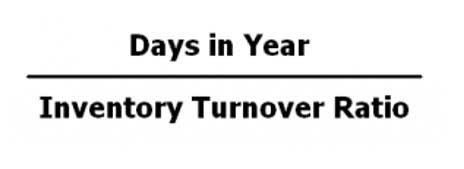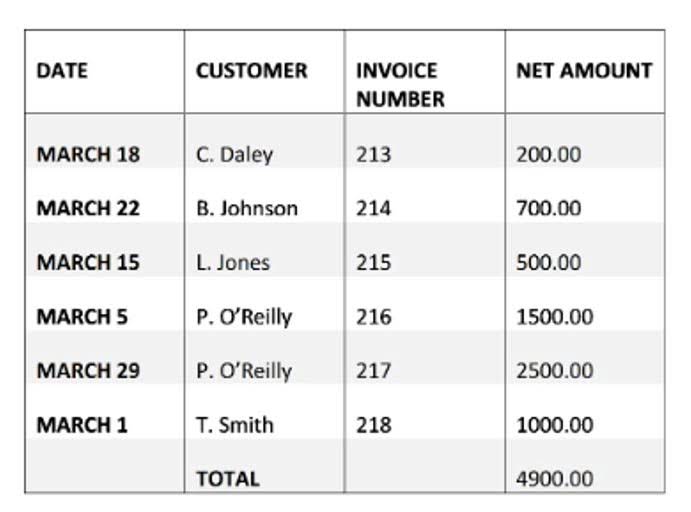
The cap rate is a fundamental measure of risk and return in the commercial real estate (CRE) market. In essence, varying levels of income that get generated from the property, expenses related to the property, and the current market valuation of the property can significantly change the capitalization rate. Since cap rates are based on the projected estimates of the future income, they are subject https://www.bookstime.com/bookkeeping-services/minneapolis to high variance. It then becomes important to understand what constitutes a good cap rate for an investment property.
Step 1: Determine the Property’s NOI
- It indicates that a lower value cap rate corresponds to better valuation and a better prospect of returns with a lower level of risk.
- This may increase the benefit amount some people are eligible to receive and will allow more people to qualify for critical SSI payments.
- As part of that, the agency plans to develop a separate simplified child SSI application.
- Compare local property prices or contact a broker to get current market rates.
- SSI benefits can help pay for basic needs like rent, food, clothing, and medicine, reducing the number of people in extreme poverty, and alleviating the burden on other family members.
- Prepare for future growth with customized loan services, succession planning and capital for business equipment.
For example, well-maintained properties that have been recently renovated and have modern amenities typically have lower cap rates than older, less desirable ones. Knowing cap rate enables investors to cap rate definition identify properties likely to provide a good return on investment and avoid properties that may not be worth pursuing. In fact, calculating cap rate is a straightforward process; and it’s the ultimate tool to help you evaluate the profitability of a real estate investment. Check similar units in the area and estimate the annual rental income your property could yield. High cap rates could mean the property has maintenance issues or it’s in an area with low rent prices.
- Where sufficiently detailed information is not available, the capitalization rate will be derived or estimated from net operating income to determine cost, value or required annual income.
- Implementing these policy changes — with proper education and training across the people, policies, and systems of the agency — is an important but complex shift.
- The primary form of that return is the income the property can generate and distribute to investors.
- Due to the severe nature of many of these conditions, these claims are often allowed based on medical confirmation of the diagnosis alone.
- Given those national average cap rates, investors could expect to pay a lower cap rate for a higher-quality property in a primary city.
Cap Rate vs. Cash on Cash Return: What is the Difference?
Commercial real estate investors use it to determine how long it will take to recoup their investment in a property. Many investors will roughly calculate this number mentally, before doing further diligence on a potential investment. The cap rate is a valuation metric investors use to determine if a property is an attractive investment. However, it’s a percentage, so it’s even more similar to a stock’s free cash flow yield or dividend yield.

Factors That Impact Cap Rates

On the other hand, a higher value of cap rate implies relatively lower prospects of return on property investment, and hence a higher level of risk. SSI provides monthly payments to adults and children with a disability or blindness, and to adults aged 65 and older, who have limited income and resources. SSI benefits help pay for basic needs like rent, food, clothing, and medicine. Under our old rules, ISM includes food, shelter, or both a person receives – the agency counts ISM as unearned income, which may affect a person’s eligibility or reduce their payment amount. The solution is to create a multi-period cash flow projection and discounted cash flow analysis to arrive at a more accurate valuation. If you need help building a cash flow projection and running a discounted cash flow analysis, consider giving our commercial real estate analysis software a try.


Investors should also consider other financial metrics such as cash-on-cash return, internal rate of return (IRR), and return on investment (ROI), as well as external factors such as market trends and economic conditions. Cap rate, short for capitalization rate, is a financial metric used in real estate investment to evaluate the profitability of a property. It is expressed as a percentage and represents the rate of return an investor can expect to earn on their investment based on the property’s net operating income (NOI) and its market value. The cap rate is a quick way to compare rental properties, but it won’t give you the full picture of potential returns. For real estate investing, you should also examine return on investment (ROI), annual cash flow, and net operating income. Capitalization rate can change as long as investors understand how to boost the NOI.

- The cap rate also tells you how long it will take to recover the initial investment, which is just over 12 years for this real estate deal.
- This measure is computed based on the net income that the property is expected to generate and is calculated by dividing net operating income by property asset value and is expressed as a percentage.
- Perhaps you can secure favorable financing terms and using this leverage you could increase your return from 5% to 8%.
- While cap rate is a useful metric for evaluating a property’s profitability, it has limitations.
- For example, a property worth $14 million generating $600,000 of NOI would have a cap rate of 4.3%.
Alternative investments can be high risk, so it’s important to consider your portfolio goals and risk tolerance to determine if they’re right for you. While a property’s past income can serve as a guide, cap rates are based on projected estimates of its future expenses and future income. As the business climate and the condition of the property fluctuate from year to year, the property’s cap rate will also fluctuate. The obvious expenses to include are property taxes, insurance premiums, repairs and legal costs. However, there are less obvious expenses that should be included, such as potential vacancies.
In this article, we’ll focus on residential rental real estate – specifically one- to four-unit multifamily homes – held for commercial or investment purposes. The cap rate is a good starting point for evaluating a potential real estate investment opportunity. Investors should use it along with other valuation metrics https://x.com/BooksTimeInc and complete additional due diligence to help inform their investment decision. Many other factors can impact cap rates, including interest rates, the macroeconomic outlook, and investor demand.

